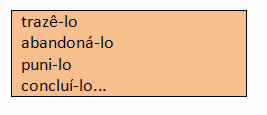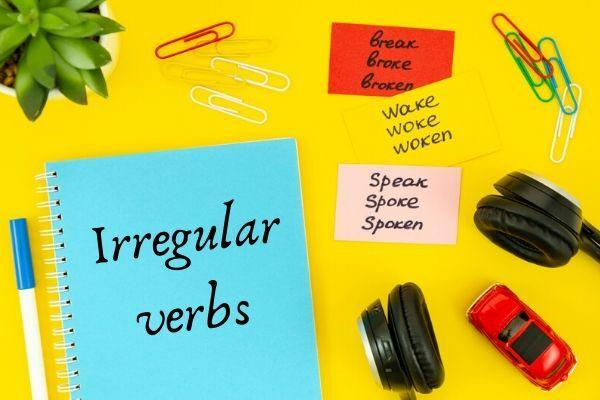In our daily lives we live with a great diversity of texts. All have a common goal: establish communication between the interlocutors. This, in turn, has a specific purpose, whether to instruct, persuade, provoke humor, inform, among others.
When it comes to texts informative, like for example, the journalistic, we note that they are permeated by a clear, objective and dynamic language, as the intention is solely and exclusively to inform the reader about facts arising from the social universe, whether controversial or not. Therefore, no value judgment is allowed, nor personal comments by the issuer.
However, when we come across texts poetics and others linked to advertising language in general, we do not identify this same characteristic. On the contrary, we note that language reveals emotion, subjectivity, providing space for multiple interpretations by the reader.
These are some resources used by the issuer, in which the objective is to provide greater expressiveness to the message, ornamenting it precisely to enhance the beauty of the communicative act.
Such resources are called figurative, connotative language, that is, that which differs from its denotative sense, prescribed in the dictionary. Thus, the author introduces a play on words betting on the use of additions, suppression, repetition of terms, among others.
All carried out intentionally, to achieve the goals intended by him.
In order to expand our knowledge on the subject, let's look at some examples and their respective characteristics:
Syntax figures
Ellipse
It consists of the omission of a term, considering that it is already part of the interlocutor's inference, thus allowing the understanding of the message:
I was anxious to know the result of the contest.
We can see that the personal pronoun (I) was omitted.
Zeugma
Its characteristic is also based on omitting a term, but the same is expressed earlier in the sentence:
Katia and her cousin went to the movies, Marília and Cibele didn't.
We note that the term was omitted (they weren't).
polysyndeton
There is sequential repetition of connectives, usually of the “and”.
The boys arrived and started having lunch and went upstairs to watch the movie and then went out on the bike ride.
Asyndeton
Unlike the polysyndeton, there is the suppression of the connective:
I studied in the morning, worked in the afternoon, took singing lessons at night.
Pleonasm:
It consists in the unnecessary use of a term, as it has already been mentioned:
I saw her with the eyes of a passionate admirer.
Silepsis:
Figure that portrays the agreement with the idea exposed in the sentence, not with the explicit words in it:
Person Silepsis:
Children are the future of the nation.
Note, therefore, that there is disagreement between the subject and the verbal person.
Number Silepsis:
The crowd arrived anxiously to watch the motorcade.
Gender Silepsis:
Your Excellency looks nervous.
Anaphora:
It consists of the sequential repetition of a term to reinforce the idea in the sentence:
love everythingsupports, love believes everything, love forgives everything.
Word pictures:
Metaphor:
It is a hidden comparison that consists of using one word instead of another, in view of the similarity between them:
your mouth is a lock
And my body is a fire.
Comparation:
It is an explicit comparison between the words through the comparative conjunction:
your mouth is like a lock
And my body is like a fire.
Antithesis:
As the name implies, the figure consists of the opposite game of ideas:
I love the day, but I admire the night.
I look at the sun, I praise the rain.
Metonymy
It is the replacement of one word for another, establishing a relationship of meaning between them:
I love reading Machado de Assis. (The work)
Thought figures:
Euphemism:
It is the use of an expression in order to soften the message, diversifying it from its literal meaning:
My friend gave his soul to God. (not to say: My friend died!)
Hyperbole:
It consists of the intentional exaggeration attributed to the meaning of words:
That boy is a well of ignorance
I will cry a sea of tears until you come back.
Personification or prosopopeia:
It is the use of human characteristics to inanimate beings:
The sea is showing its most beautiful face.
By Vânia Duarte
Graduated in Letters
Source: Brazil School - https://brasilescola.uol.com.br/redacao/figuras-de-linguagem.htm


